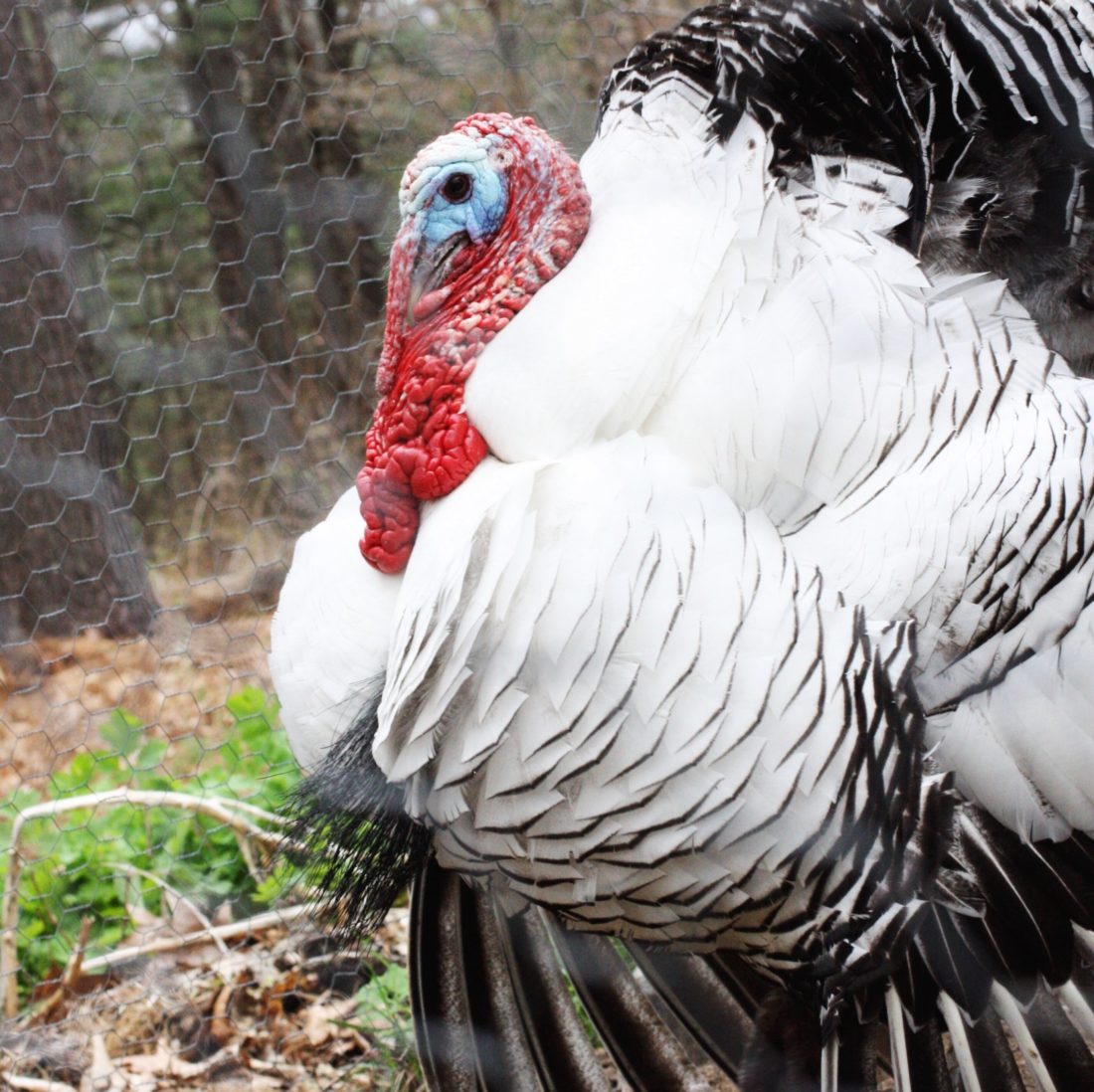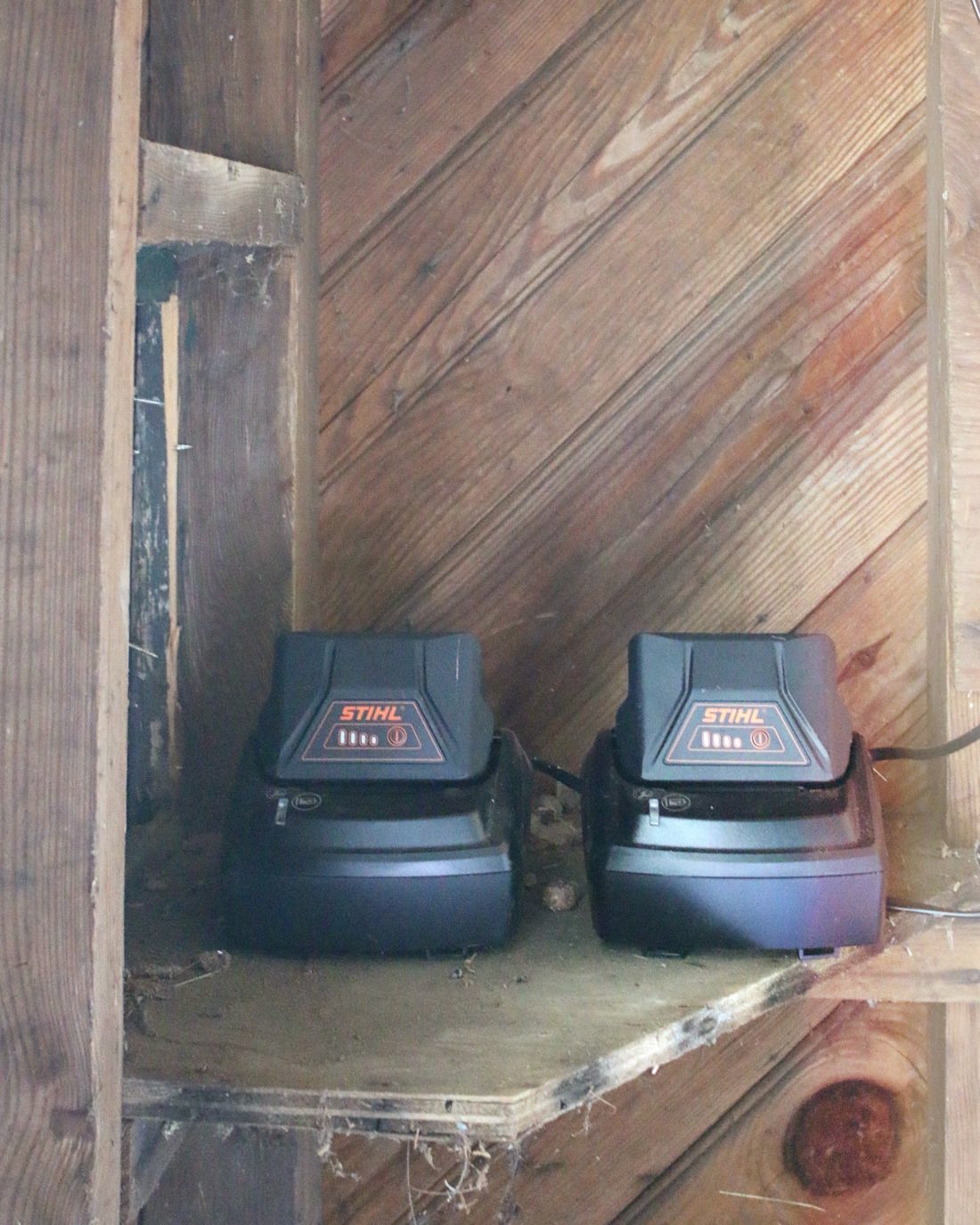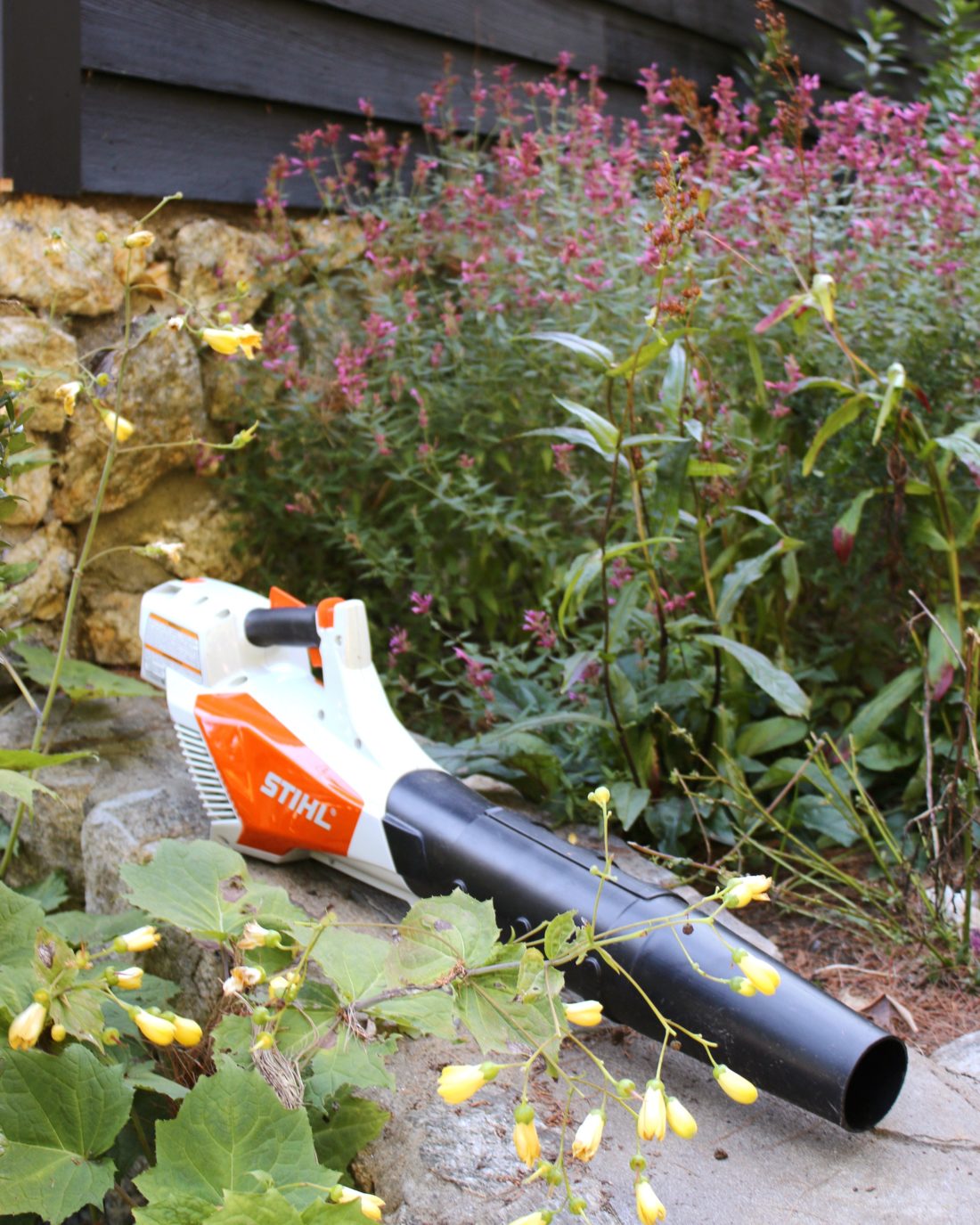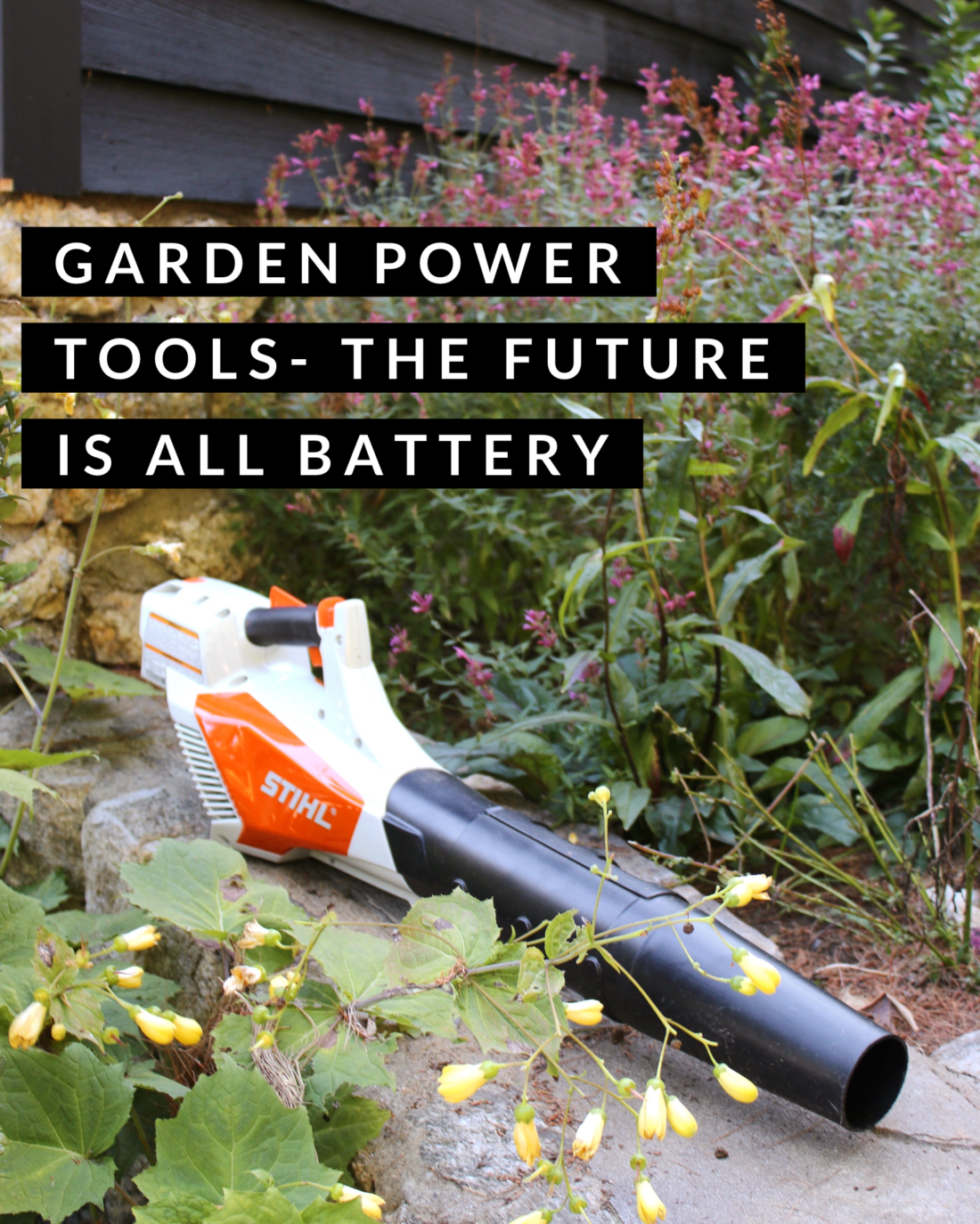I’d like to be able to tell you that the #1 reason I’m excited to switch to battery powered garden tools as much as possible, is because of my concerns over fossil fuels and their contribution to climate change.
But I’d be lying.
That’s my #2 reason. The number #1 reason is because until now, most outdoor tools have exasperated me.
As a recovering engineer – I am still sensitive to, and easily irritated by products where you can just tell that there were not enough women or diversity on the product development team. (Yes, nearly 20 years as a garden designer has just about got me over my previous career as physicist/ software engineer in a variety of aerospace and tech companies.)
Some people would say I have a condition called ‘recovering female engineer baggage’… and they might be right. And, I may never fully recover.
I am hopeful that the engineering career path, in general, is much better now than it was back then, but there are signs of longstanding problems that are still too rampant. And while the garden power tool sub-realm is no exception, I am heartened to see positive signs of change.
Notably, Stihl USA whose manufacturing is based in Virginia Beach, VA recently elevated Lorraine Wagner (female, mechanical engineer) to vice president of operations, overseeing manufacturing. Where women and minorities lead, there is a path for others to follow and that can only mean good things for products that tell new stories that better serve us all.
I am all about voting with my feet and my dollars and not only do I want to spend on products that are actually designed for me but I also want to support companies that align with my values and making way for female leadership in traditionally male dominated industries is a move I can heartily support.
I have long seen battery power as a panacea for many of my frustrations with garden power tools. But the technology has been slow to fully arrive. My first battery powered string trimmer was a birthday gift from my mom (over a decade ago). It literally went up in smoke the first day out. And it struggled to cut grass. The failure was so fast and dramatic that it became legend and an enduring family joke.
So, as much as I wanted things to work out, I had my doubts that battery power could match the power of gas, but when STIHL approached me to give it a try, I was relieved to feel like these products were finally engineered with someone like me in mind.
Products tell the stories of the people who create them and that is why design team demographics and representation matters. When you buy any product you are not only buying that story, but you are making that product part of your life and your story. And when that adoption process isn’t a perfect match (rather, an “It’ll do” or “this is my only choice” match), we, as consumers, are left feeling unfulfilled.
For me, gas powered hand tools have always been essential and operational, but too often our mismatch of stories has also meant that they are somewhat objectionable.
Every time I struggle to tug a hefty machine from its parking place, I think – the people who designed this must be stronger than me – how else did they not see this weight and awkwardness as a problem?
As I try to figure out the fuel/oil mix… (which is different for each tool!)….I wonder who’s idea it is to make me have to remember food recipes for machines? I’ve got enough other recipes and minutia to keep track of.
And seriously, with the pull cord? Blimey, I hate the pull cords! I always feel like there is a cultural phenomenon around men who can effectively start some tool with one swift tug. They are like the Tom turkeys that strut around my garden showing off their big spread of feathers.
I have never been the type to be wowed by fancy show feathers.
(I mean that metaphorically, actual tom turkeys and the way they swagger and stomp, are truly quite a sight)
Side note: I like swans. Mature males and females are both elegant and beautiful and very hard to tell apart. And they mate for life. When it comes to large bird metaphors, I’m all swan life, not turkey life.

But back to pull cords… Pull cords emasculate people. And conversely, the moment you are actually successful with one, you run the risk of that ‘I-have-the-power’ energy surge instantly morphing you into a strutting He-man. And Masters of the Universe style He-manism is the antithesis of the type of landcare I subscribe to.
And then there are the gas tanks…
(oh, modern gas tank design – I’ll save my dissertation on your abysmal failure for another day). Suffice to say, the less I need to use one, the happier my life becomes.
Battery power clears the deck of these pain points and irritants and makes way for more accessible tools that appeal to a wider demographic (like me).

Earlier this year, my old battery powered leaf blower gasped its last gust. I loved that thing. It was the first battery powered garden tool that ever really impressed me and could handle the jobs I needed it to do.
It’s replacement, a Stihl BGA 57 battery-powered blower that has all the upgrades you would expect from a few years newer model. Lighter weight, sleeker design, improved performance. I love it just as much.
I love it so much I want all my tools to be so easy and carefree. I want everything to be battery powered.
Battery power means I can step outside, flip a switch, and in 15 minutes I can complete some small job in my garden and feel really good about it when I am done. By contrast, I easily spend 15 minutes trying to remember and refresh my memory on the precise gas/oil mix for my other tools.

And the really exciting thing is that Stihl has a whole line of battery powered garden tools! And their batteries are mostly interchangeable (so when you have more than one tool, you start to amass an armada of backup power – perfect for those days when you are feeling extra frisky about chopping or blowing or whatever you are up to). I feel like I am just getting started with my battery revolution.
It has been many years coming but I think realistic battery power has truly (finally) arrived – even for big garden owners like me. (for years I’ve envied tiny town garden owners and how they get away with those lightweight baby tools). ‘Less is more’ is one of those design tenets that I think many engineering teams lose sight of.
In addition to a new blower, which to me is the garden equivalent of a constantly used dust buster – I’ve also started using a string trimmer again (the FSA57 by Stihl).
Pandemic related – I have lost all capacity for doing anything that is even marginally not my cup of tea. I’ve been forced to recognize and eliminate all the non-essential stressors in my life. One has only so much capacity for stress and mine is currently taken up with other things.
But even before my recent break with some life’s irritants – I’ve mostly operated without a string trimmer for years. I mean I have one (a couple, actually) – but after a few uses, when I have to start dealing with carburetors and fuel mixes that I can’t keep track of … and winterizing… I end up abandoning them in the barn.
Over the years, I’ve even adopted a gardening style that doesn’t require their existence. I call it ‘country complacent’, and it includes soft edged beds that blend nicely into the lawn. The trick is to plant big things with overarching stems (like ferns, or daylilies, or plume-y ornamental grasses or peonies) right on the outlines of a bed, so that they hang over the turf. Then you can mow underneath the plant soffits and likely never notice that there are probably gangly tufts of uncut lawn still lurking below.
With my new string trimmer (that also reliably turns on with a flip of a switch!), I am looking forward to having some different edges back and maybe even real lines! 😉
Next up, battery powered hedge clippers, and maybe even a chainsaw. I may even have to develop another new garden style – maybe I’ll call it hinterland hardline, or resolute ruralism, or well ordered woodsy, or perfect paysanne… ( Sorry, I have no idea why I have such a penchant for alliteration… I just do…I’ll stop now…)
XO,
Rochelle
P.S. It is really hard to beat out Climate Change (and reducing your carbon footprint and not continuing to contribute to climate catastrophe) for the #1 spot – so I just want to say, it was a close race, both contenders really gave it their all, and on another day Exasperation might have easily have succumbed to the #2 ranking.
Share this:


This post is sponsored by Stihl USA. All opinions and views are my own.
+comments+